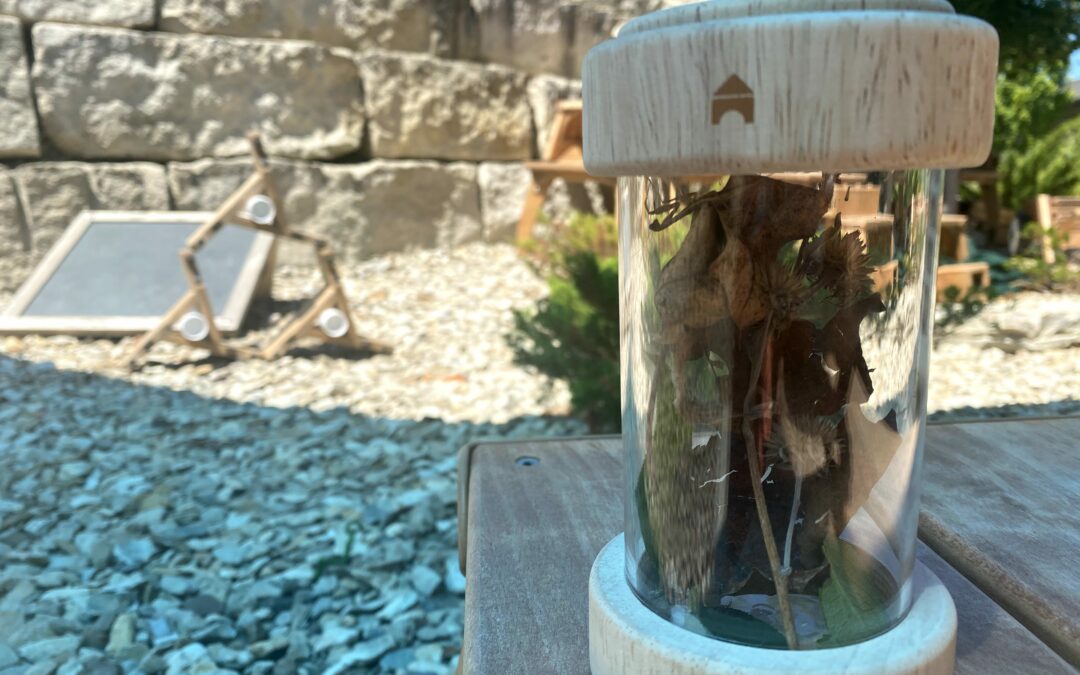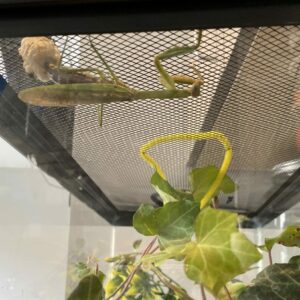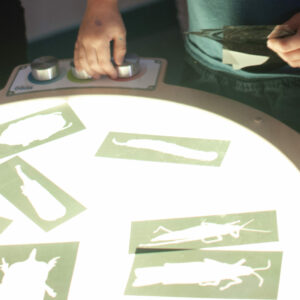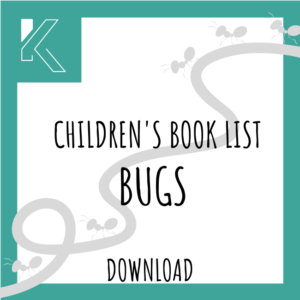By: Diane Spahn
My young neighbor, Lily, is certain to become an entomologist. Without fail this determined 5 year old is in her front yard every morning moving rocks and digging around the roots of a large tree. She keeps a variety of tools nearby, an old coffee mug missing the handle, a variety of plastic and glass jars, a tiny spatula from a pretend cooking set, and a rather large magnifying glass. She reminds me of the precocious and curious Harriet, a character from Louise Fitzhough’s beloved book, Harriet the Spy. Lily does not spy on people but she does spy on insects. She carefully collects them and examines them. Her nose or the magnifying glass is often pressed right up against the walls of the jar as she turns it gently so as not to hurt her little captives. She does this every day and every evening she releases whatever she’s managed to capture back into the wild.
To anyone who’s ever cared for young children, the fact that many of them absolutely love insects and spiders should come as no surprise. Even if you don’t particularly care for the little crawling and flying creatures yourself, it’s very easy to support curiosity and inspire children to make new discoveries.
Here are a few things to keep in mind as you and those in your care leap into spur-of-the-moment projects or research investigations similar to the ones Lily embarks on daily.
Model Respect for all Living Things.
If insects are temporarily collected for observation, make it a point to work closely with children to return them to their natural habitat within a few hours or a few days at the most. If children wish to keep them longer, set up a terrarium for observation.
- This is the Praying Mantis terrarium at ieDiscoveries. Though you might not be able to tell, the white object on top of the terrarium are eggs!
- Insect X-Rays are a great way to teach children about the difference between spiders and insects.
Spiders vs. Insects.
Many of us learned the difference between insects and spiders when we were in elementary school. If you’ve forgotten the lesson just remember that insects have 6 legs and three types of main body parts; a head, thorax, and abdomen. While spiders have 8 legs and two main body parts.
Some Sting or Bite!
As you well know, some insects sting or bite, so be prepared for the occasional owie to happen. It is absolutely true that bees can negatively react to humans who are fearful. When we’re afraid we emit pheromones which bees detect as a threat. Explain this simply and coach children to be calm as they encounter all types of insects.
Books on Books!
Support the process of investigating bugs with books, books, and more books! Include both fiction and non-fiction. Download the list of some of our favorite and popular children’s books about insects. You’ll be surprised at how many children develop a love for non-fiction picture books during a study of bugs. Take it further and arrange a field trip to the local library as part of your scientific inquiry and discovery process.
Insect Interpretations.
Encourage children to represent insects and spiders in many ways. Naturally, arts and crafts materials come to mind, but think of the many types of loose parts and natural materials available to children in early childhood and family care learning settings. Try making representations of bugs with manipulatives, blocks, clay, fabric, light table materials, and more.
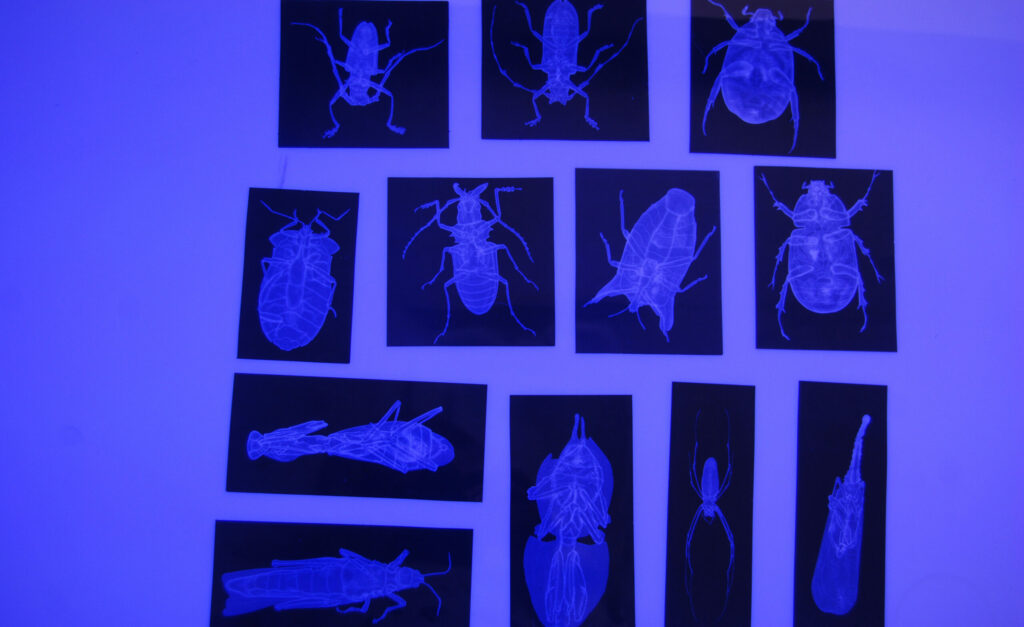
Extend the Learning Experience.
Fill up a basket or bin full of photos and Fun Facts in your Library or cozy space to extend the learning experience. Download our Mini Investigation Bugs Starter Pack, or begin each day with a Daily Discovery prompt.
Prompts to get children thinking, making observations, and investigating can be:
- A simple question, such as, “What is eating this leaf?”
- A challenge, such as, “Today your Daily Discovery Challenge is to find 7 different types of bugs in the playground without disturbing them.”
- A visual clue to follow, such as placing empty cups or jars and small nets into a basket. “Our Daily Discovery is in this basket. At the end of the day we’ll all share what we discovered by using them.”
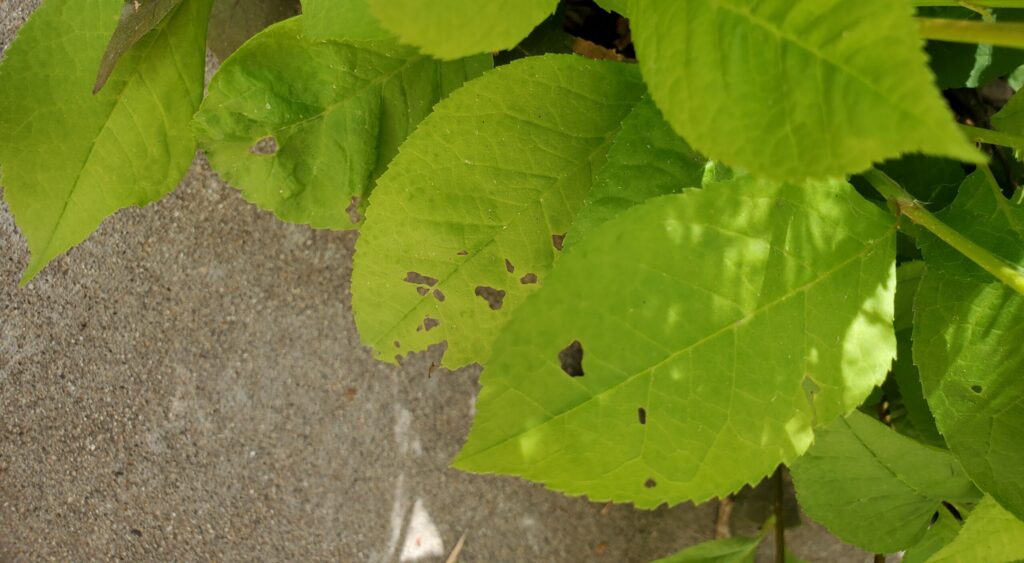
Whether your investigation of insects or bugs only lasts a day or spans over the entire summer, you’ll find that children are learning so much about nature as they do things like lifting rocks, digging, and turning over leaves. They may count, compare, or categorize the insects they find. Insects could inspire them to create physical games of jumping, leaping, and scooting across the floor or playground. You will definitely have the opportunity to introduce new vocabulary, incorporate new tools into the classroom or playground, and inspire symbolic writing and drawing throughout the exploration. If I had to make an educated guess, I’d say that it’s very likely there is more than one Lily in your midst. In the unlikely case that you run out of ideas, just follow them.

